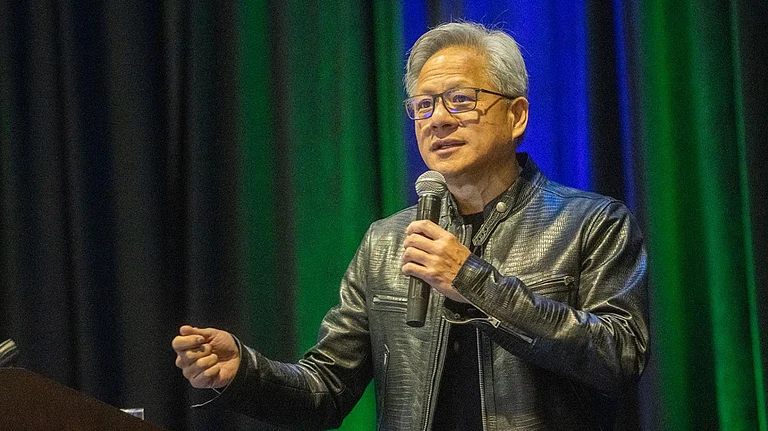Most people invest without knowing how much to invest and which is the right investment for them. Financial Planning doesn’t address just these two, there is more to it. Stage of life plays an important role in determining how much of your income needs to be saved. Another one such important factor is family situation, as you grow older family responsibilities start to fall on your shoulder, and expenses increase. Planning for foreseeable expenses is a must.
Your savings need to be distributed across all the major financial obligations that you might have.
How should the allocation change as per need state and stage of life?
Asset allocation in your portfolio can never be the same. With changing circumstances such as responsibilities, needs and age the allocations need to be actively managed. Here’s a guide for people of different age groups that they can refer to for saving and investing.
In your 20s
In this stage of life, responsibilities are minimum and there is lot of scope to invest or save higher amounts. Target to save around 70-80% of your salary. Close to 90% of your investments can be in Equity.
In your 30s
Now is when your family undergoes certain changes. Marriage and new additions – kids. As a result, expenses start to increase, however this shouldn’t restrict you from saving. Being able to save around 40-50% of the salary is a blessing at this age. Close to 80% of your investments can be in Equity. The remaining should be distributed towards Insurance and Emergency Fund .
In your 40s and 50s
Additional expenses like parents’ health care, schooling and college expenses of children are added on. However, most of the investments made in 20s and 30s start being realised. Targeting to save at least 40% of your salary will help you lead a good retirement life. Close to 50-60% of your investments can be in Equity. At this stage, your portfolio should have debt funds, insurance and cash to address some immediate emergencies.
In your 60s
This is when all your major goals would have been achieved and you wish for a peaceful retirement. Now is the time, when all your previous investments start to payoff. The best way to save even during no income days is by reducing your expenses to the maximum extent possible. You can have around 25-30% of your investment in Equity.
Protection against Inflation, Currency risk and Economic Black Swans
In a developing country like India which is one of the fastest growing nation, the inflation has been high in the past. While it is showing some signs of lowering in the last 3-4 years, macro economic factors and government policy changes can put it back to the high levels.
The rupee has been depreciating at a rate of 4% per annum against the US Dollar in the last 10 years. Then there are economic black swans like hyperinflation, stagflation, recession and civil unrest. All these will increase the risk in a portfolio.
It is hence required to hedge against inflation and currency risk in India. One has to build a portfolio of assets that will be able to tackle these problems. Real estate, gold and international stocks can help in creating a right balance. In a high inflation period, returns from equities and bonds are affected while commodities prices increase. Currency risk can be best managed by investing in international stocks through mutual funds and commodities.
The author is the CEO & Co-Founder, Upwardly.in.


























